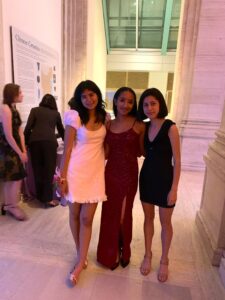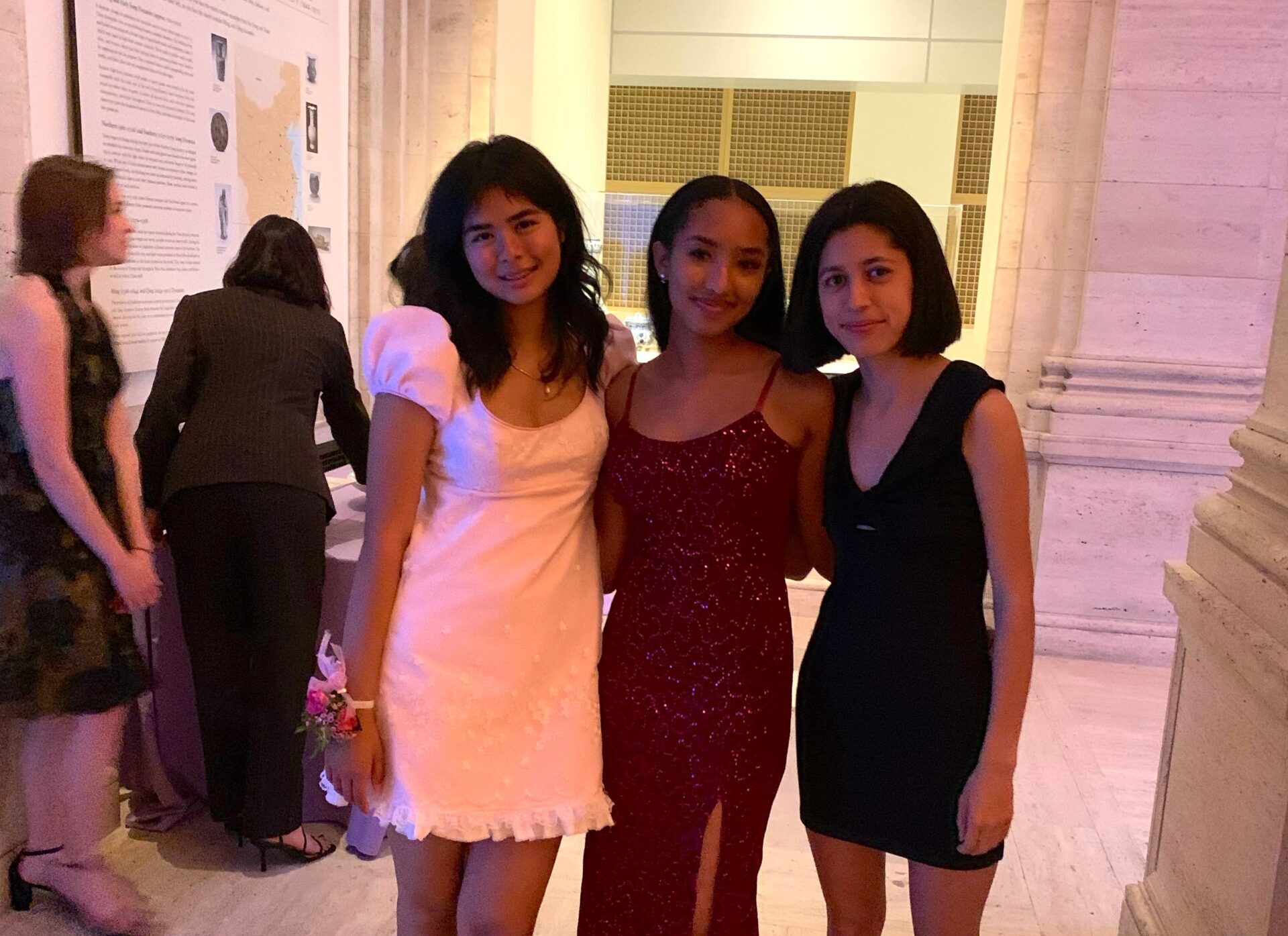Some may agree that Lick-Wilmerding High School students are known to have unique styles. Dressing in expressive and individualistic ways, many would argue that we’re known to be creative and often outgoing with our clothing. Colorful pieces fill the hallways, and handmade or thrifted clothing are not uncommon sights. Many students stand against fast fashion and the exploitative fashion industry by assembling sustainable, second-hand, unique wardrobes. “Everybody has a sense of their own style, and it’s not like there’s just one mainstream type of thing,” said Emmie Hou ’24. Fashion can act as a form of self-expression, as a form of creativity as students navigate their identities. “It can be an extension of how one sees themselves,” said Yanni Velasquez ’15, the current Center for Civic Engagement Senior Associate at LWHS.
At a school where many value individuality, fashion can play a considerable role in one’s sense of self. “Fashion has helped [many people] to explain or present the person that they want to be to other people,” according to Nicole Joseph ’23, a co-leader of LWHS’s Sustainable Fashion Club. Additionally, personally curated style can promote environmental awareness through sustainable consumption, combatting non-sustainable fast fashion cycles, yet, it can also play into non-sustainable fast fashion cycles.
As much as LWHS students’ styles can be unique, general fashion trends still continue to influence our community. Students continue to influence one another, creating a style bubble within the community.
“As young people who are exposed to the media, we get to see trends,” said Kamara Butler ’23, another co-leader of the Sustainable Fashion Club. “I feel like within the Lick community specifically — and it might be a wider Bay Area thing — trends take a different form. They kind of pose as inspiration, but I don’t think there is as much of a pressure within our community to conform to a specific look.”
Quinn Lyons is a student at the Academy of Art University in San Francisco for Fashion Styling. Currently a senior, Lyons noted that for her past four years of school, her style l has reflected many different trends and styles that were popular at different times. “With COVID, the growth of TikTok, and how many views people can get on it, people posting overconsumption has kind of made other people think that overconsumption is okay,” said Lyons. With social media as one of the most prevalent influences on this generation of high schoolers, trends are able to spread, at a profound speed, especially to younger audiences. These trends continue to cycle back in accordance to larger and more widespread trend cycles.
“The trend cycle has been speeding up, like ridiculously fast, recently, and even [what was popular in] 2012-2014 is now returning as a trend, and it’s 2022.” Lyons said. These trends, which are predicted by trend forecasters, have a tremendous impact on teenagers and young adults who want to feel fashionable. However, they hold an equally large impact on the environment.
The fashion industry makes up 10% of the world’s carbon emissions, and some of this can be attributed to the ever changing trends of the fashion industry. We can see these rapidly changing cycles in this year alone. While spring and summer of 2021 trends included midi skirts and graphic tanks, these trends shifted drastically in the next year. Runways and magazines quickly filled with Miu Miu inspired micro-jupe skirts and crochet tops. Although just one specific brand, observing how the average customer consumes such a trend contextualizes environmental sustainability in this discussion. The house Miu Miu, which was applauded for its use of upcycled clothing on runways in the 2022 Fall/Winter season, and the recycling of the crochet trend from the 90s (as well as the potential for sustainable handmade and homemade crochet pieces) allow for sustainable and affordable access to these pieces. Yet fast fashion often prevails through social-media (widely) popular corporations such as Shien, which provide consumers with sustainably produced crochet for an astonishingly low price. These corporations, which are not limited to but include Shein, Old Navy, Forever 21, Dollskill, and Gap, utilize sweatshops and dismally underpaid workers in the global south in order to replicate designs featured on runways and in magazines that season. The crochet trend cannot be replicated by a machine, and one of Shein’s thousands of search results for “crochet top”, which is being sold for $7.99, is as an example of a piece that is reflective of the labor conditions it was manufactured under. The possibility for any piece of clothing and any trend to be made by fast fashion companies creates a sense of “accessibility” that has never taken such control over the fashion world– the same sense of accessibility is what drowns out this sense of environmentalism in the clothing industry.
“Sustainability has become a big buzzword. People like to be active in their practice of sustainability, but I feel like it’s really easy to accidentally end up becoming performative in your efforts,” said Butler. That’s something that I’ve definitely seen a lot where maybe people don’t have the right resources or they just don’t know where to find certain types of information, so they advertise for sustainability, but it doesn’t actually really contribute to the movement.” As trends continue to cycle, the majority of fast fashion pieces end up in thrift stores.
Because high school students tend to not have disposable income that can be dedicated to clothing, fast fashion and thrifting become their two primary sources, despite their stark differences. With LWHS students’ care for unique style and affordability as a primary aspect, thrifting is posed as one of the most accessible fashion sources to our community. While fast fashion quickly introduces new popular styles, ramping up production rates, thrifting changes production rates by making fashion cyclical. The reduction of new products in a cyclical fashion industry cuts down on the environmental impact of the fashion industry.

Photo courtesy of Nicole Joseph
As the environmental movement continues to gain popularity, thrifting continues to grow as a clothing and fashion source. This more sustainable version of cyclical trends functions on donated clothes, as opposed to landfill disposing. Donation sites at most thrift chain thrift stores, such as Goodwill and Salvation Army, accept damaged clothing, as the fabric can be recycled and turned into other resources. “If I could give one piece of advice to teenagers today,” said Lyons, “I would tell you to try to close this trend cycle. Buy your clothes on eBay, on Depop, Poshmark. Get them from thrift stores, swap clothes with friends. Donate anything and everything you don’t wear. The environment is in a really bad place right now, but changes in the fashion industry can be the first steps to change that.”







